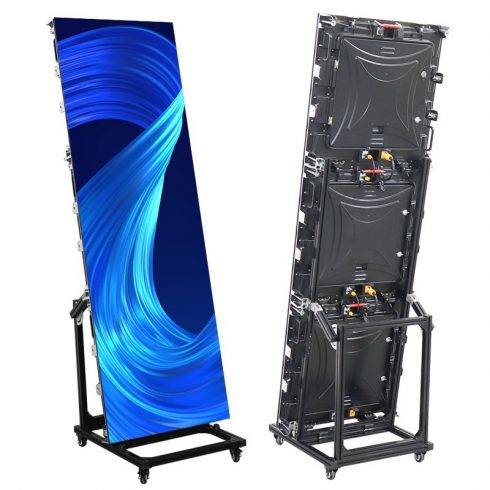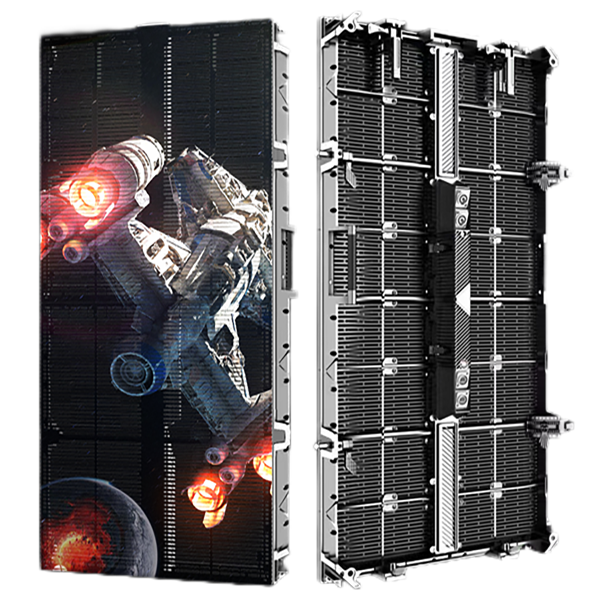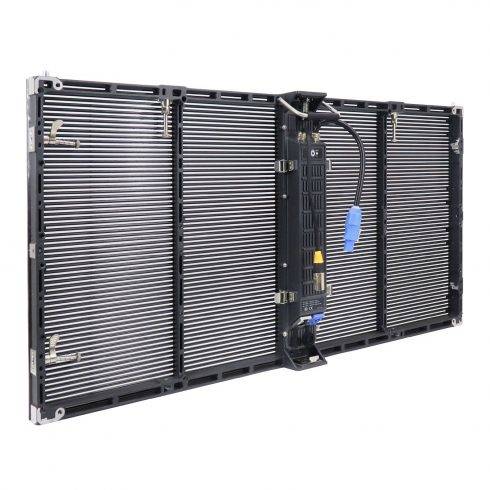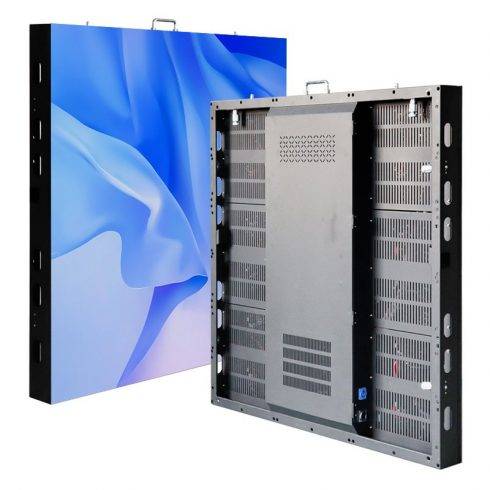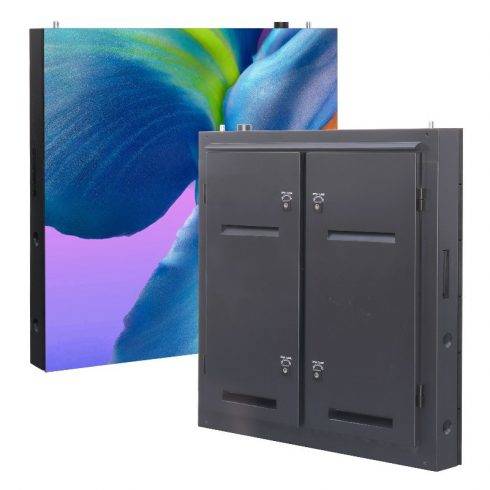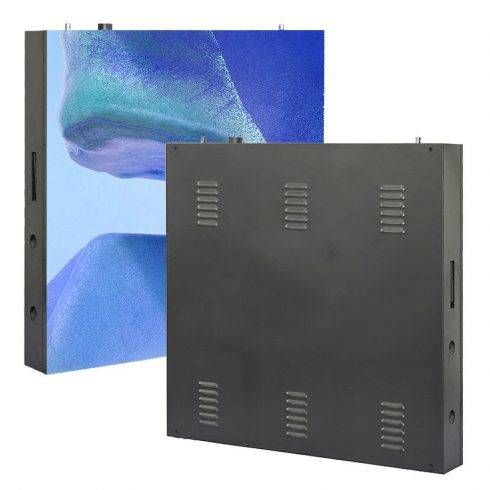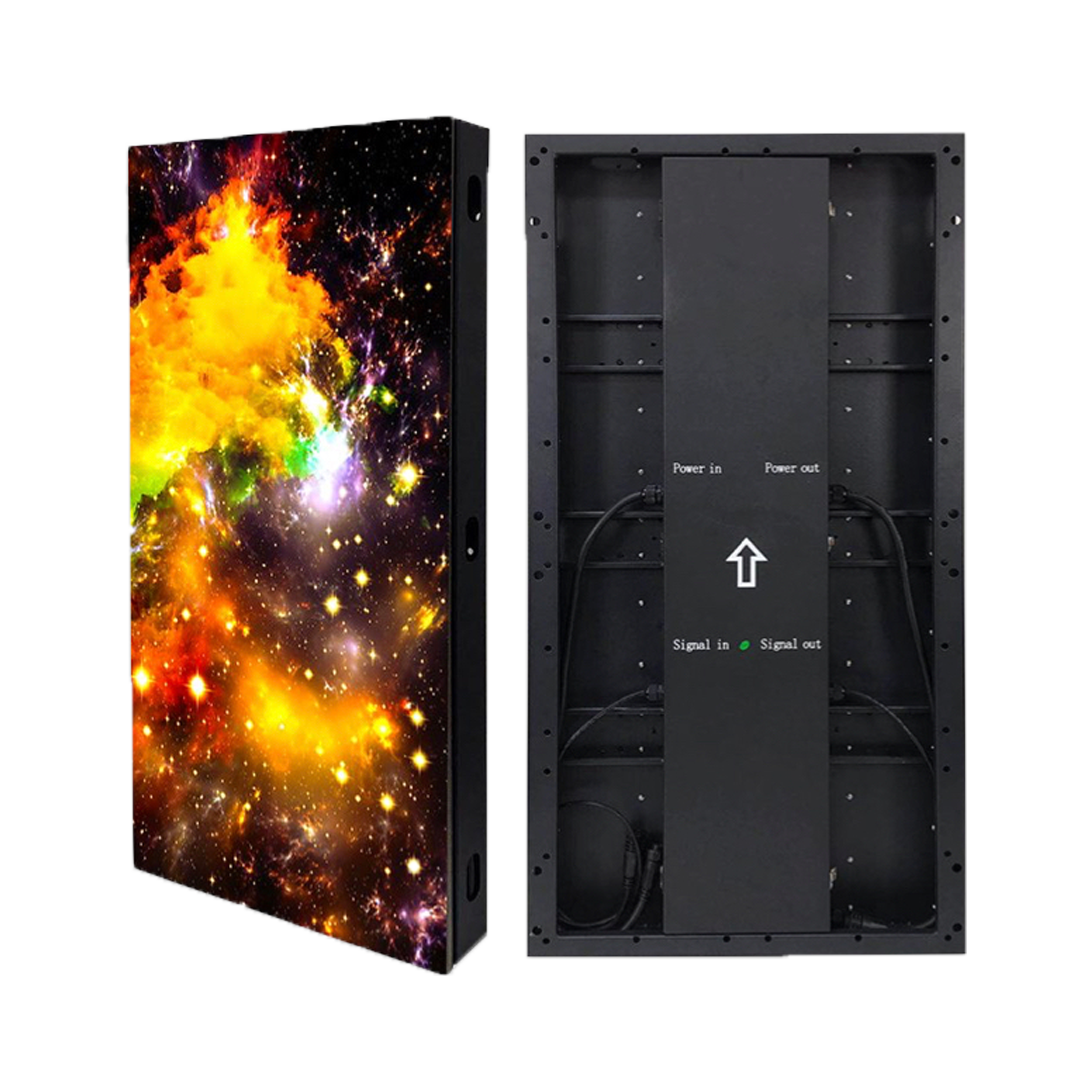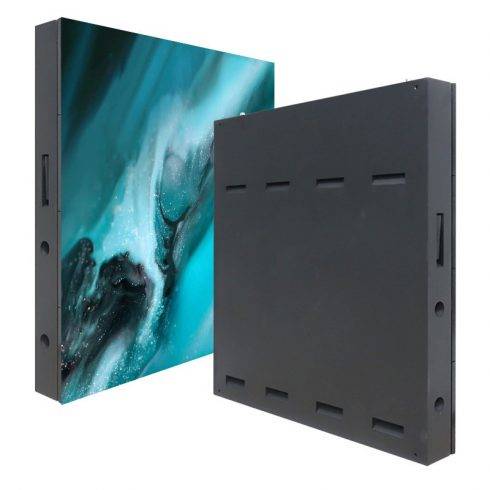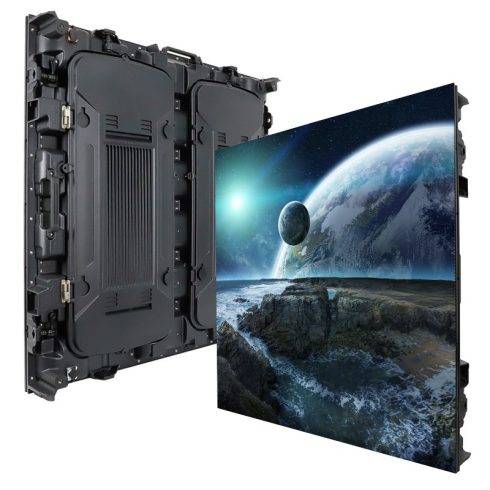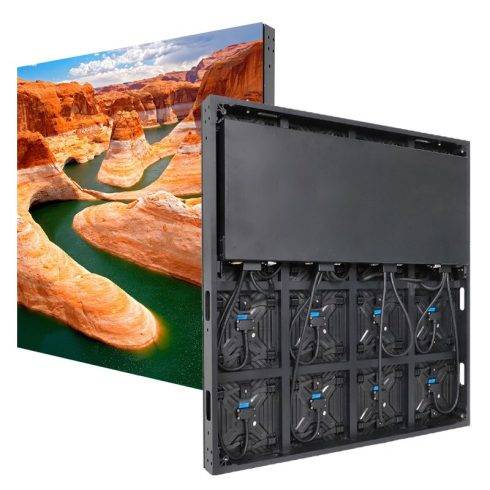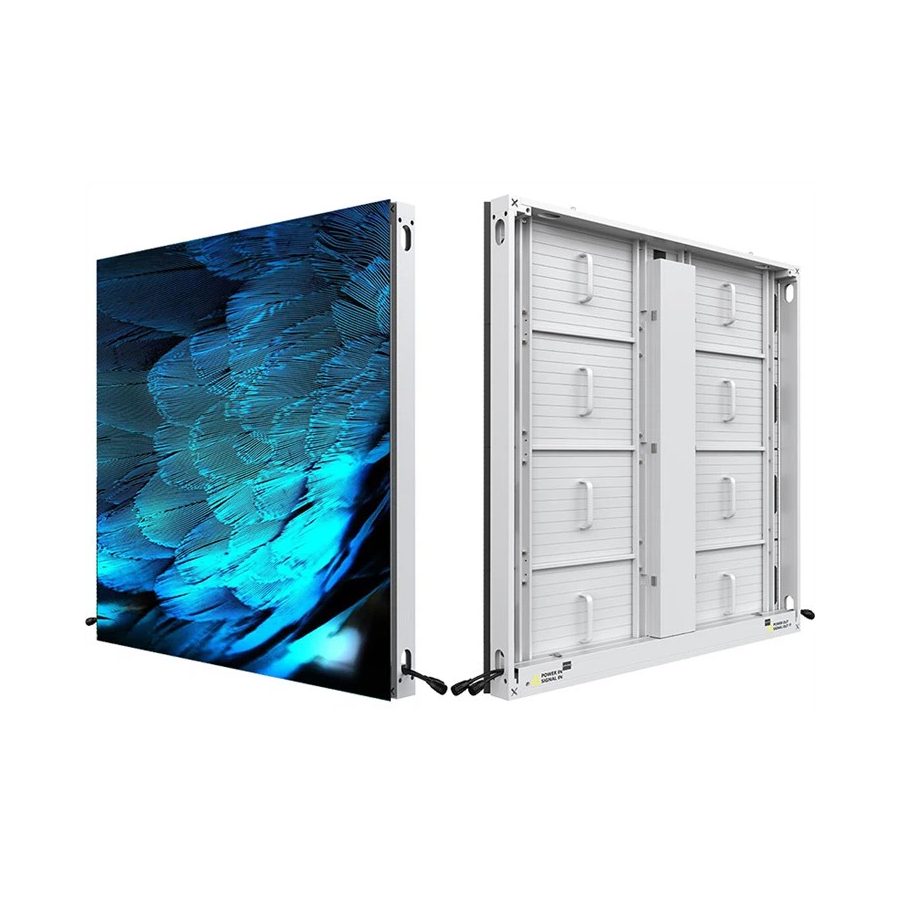Introduction
The Light Emitting Diode (LED) display industry has transformed the way we experience visual content, from advertising billboards and stadium screens to home televisions and smartphones. This revolutionary technology has become ubiquitous due to its energy efficiency, brightness, and adaptability. This essay delves into the evolution, technological advancements, and diverse applications of LED displays, highlighting their profound impact on various sectors and the future prospects of this dynamic industry.
Historical Evolution
The origins of LED technology can be traced back to the early 20th century. In 1907, British experimenter H.J. Round first reported the phenomenon of electroluminescence using silicon carbide and a cat’s-whisker detector. However, it wasn’t until the 1960s that practical LEDs were developed. In 1962, Nick Holonyak Jr., an American engineer, created the first visible-spectrum LED while working at General Electric. This invention marked a significant milestone, paving the way for the development of LED displays.
The first commercial LED displays appeared in the 1970s and were primarily used for simple numeric and alphanumeric displays in devices like calculators and digital watches. The subsequent decades saw continuous improvements in LED technology, including the development of blue and white LEDs in the 1990s, which expanded the range of applications for LED displays. The turn of the 21st century witnessed a surge in the use of LED displays for advertising, public information, and entertainment, driven by advancements in materials, manufacturing processes, and design techniques.
Technological Advancements
The rapid evolution of LED display technology can be attributed to several key advancements:
- Materials and Efficiency: The development of new semiconductor materials, such as gallium nitride (GaN), has significantly improved the efficiency and brightness of LEDs. These materials allow for higher light output with lower power consumption, making LEDs an energy-efficient alternative to traditional display technologies.
- Miniaturization and Pixel Density: Advances in miniaturization have led to the creation of LEDs that are smaller and more densely packed. This has resulted in displays with higher resolution and greater clarity, suitable for a wide range of applications from small screens on wearable devices to large-scale digital billboards.
- Color Accuracy and Range: Modern LED displays offer enhanced color accuracy and a broader color gamut, providing more vibrant and lifelike images. Techniques such as quantum dot technology have further improved color reproduction, making LED displays ideal for high-definition content.
- Flexibility and Versatility: Flexible LED displays have emerged as a game-changer, allowing for curved, bendable, and even transparent screens. These innovations have opened up new possibilities for creative installations and unconventional display formats in architecture, interior design, and retail.
- Integration with Smart Technologies: The integration of LED displays with smart technologies, such as the Internet of Things (IoT) and artificial intelligence (AI), has enhanced their functionality. Smart LED displays can adapt to changing environments, display real-time information, and interact with users, making them valuable tools for advertising and public communication.
Applications of LED Displays
The versatility of LED displays has led to their adoption in a wide range of applications across various industries:
- Advertising and Marketing: LED displays are widely used for outdoor and indoor advertising due to their high brightness, visibility, and ability to display dynamic content. Digital billboards, video walls, and interactive kiosks have become common sights in urban environments, shopping malls, and transportation hubs.
- Entertainment and Sports: LED displays play a crucial role in enhancing the viewing experience at sports arenas, concert venues, and theaters. Large LED screens provide clear, vibrant visuals, ensuring that spectators have an immersive experience. Additionally, LED displays are used in stage design, special effects, and broadcast studios to create visually stunning productions.
- Public Information and Transportation: LED displays are employed in public transportation systems, airports, and train stations to provide real-time information on schedules, routes, and announcements. Their reliability and readability make them ideal for displaying critical information to large audiences.
- Retail and Hospitality: In the retail sector, LED displays are used for digital signage, product displays, and interactive customer experiences. Hotels and restaurants utilize LED screens for menu boards, promotions, and ambiance-enhancing displays, contributing to a modern and engaging environment.
- Healthcare and Education: LED displays are increasingly being used in healthcare facilities for patient information systems, wayfinding, and telemedicine applications. In education, LED screens are used in classrooms and auditoriums to deliver interactive lessons and presentations, enhancing the learning experience.
- Consumer Electronics: The integration of LED displays in consumer electronics, such as televisions, smartphones, tablets, and wearable devices, has revolutionized the way we consume media and interact with technology. The superior picture quality, energy efficiency, and slim form factor of LED displays make them a popular choice for personal devices.
Future Prospects and Challenges
The LED display industry is poised for continued growth and innovation. Emerging technologies, such as micro-LED and OLED (Organic Light Emitting Diode), promise even higher resolution, better color accuracy, and thinner displays. Micro-LEDs, in particular, offer the potential for unprecedented brightness and efficiency, making them suitable for next-generation displays in various applications.
However, the industry also faces challenges. The high cost of advanced LED displays, particularly for large-scale installations, can be a barrier to adoption. Additionally, the production of LEDs involves complex manufacturing processes and the use of rare materials, raising concerns about environmental impact and sustainability. Addressing these challenges requires ongoing research and development to improve production techniques, reduce costs, and develop eco-friendly alternatives.
Conclusion
The LED display industry has come a long way since the invention of the first practical LEDs in the 1960s. Today, LED displays are integral to a wide range of applications, offering unparalleled brightness, efficiency, and versatility. As technology continues to advance, the potential for LED displays to transform the way we interact with visual content is immense. The future of the LED display industry is bright, with innovations on the horizon that will further enhance the quality, functionality, and sustainability of LED displays, illuminating our world in ways we have yet to imagine.








